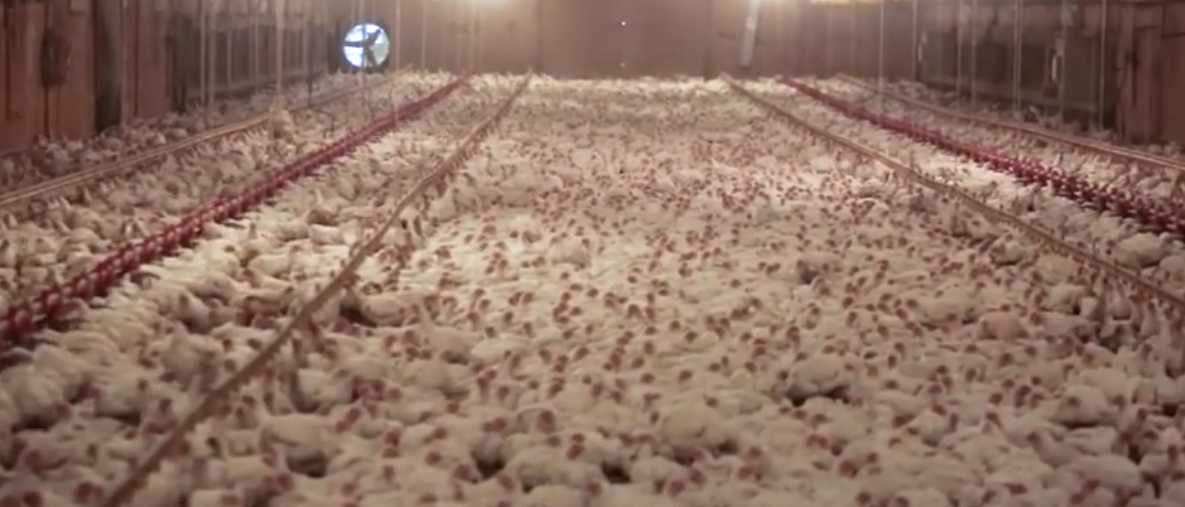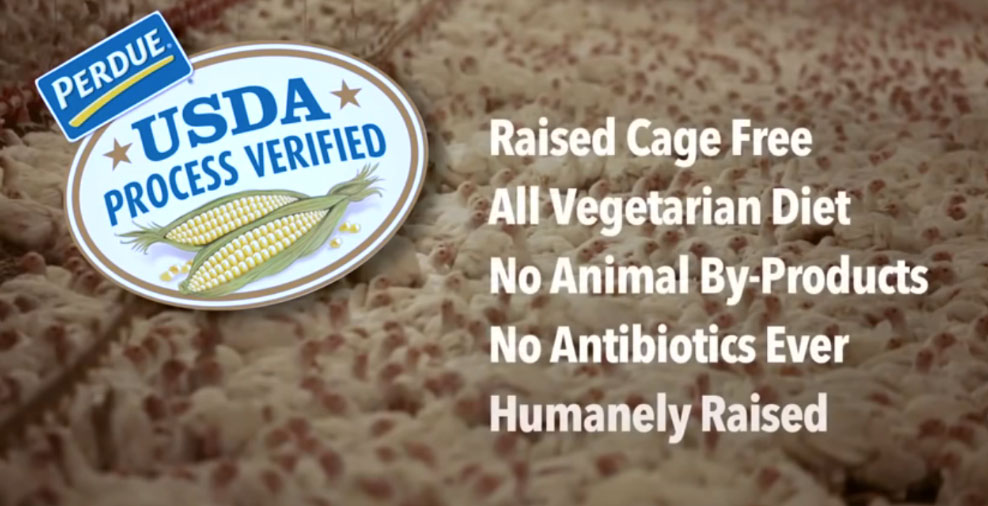Today, September 10th, NPR reported that McDonald’s has joined many egg buyers, like Nestle and General Mills, in demanding cage-free eggs. “The maker of Egg McMuffins announced that within ten years, all of its American and Canadian egg suppliers will be cage-free.”
Cage vs. Cage-Free
Caging egg-laying hens is the standard for egg production in America and “…90 percent of America’s eggs come from chickens that live in them.” They were developed decades ago as a means to keep eggs and chicken barns clean. Chad Gregory, president of the United Egg Producers, stated this about caging chickens, “The eggs were super clean. The feed, the water, everything in these houses became super clean.”
Image: CNN
However, one can clearly see the toll these chicken cages have on chickens. That is why cage-free eggs are more desired amongst consumers as well as major businesses. Cage-free means chickens are removed from laying in cages and allowed to move freely in a large bird warehouse. Amazing! Now chickens are free to move where they want to move.
But there is a major misconception that comes along with the cage-free label.
As seen in the video above, cage-free can be just as bad as caged. This farmer, which provides chickens to Purdue, let a group of wildlife advocates onto his farm. He wanted to expose the truth behind the cage-free label, and he did.
Chickens are tightly packed into their chicken barns and are given no fresh air or sunlight. It is precisely the same with chicken barns for egg layers. They get limited movement because of the amount of birds and little to no chance at fresh air.
You can also see how walking on their chicken litter every day leaves them raw in the front. Therefore, this is not healthy for the chickens or the egg consumers.
Chicken deaths are also common in these chicken warehouses. According to the video above, in six weeks, it is common to lose 1,000 chickens out of 30,000 due to illness, genetic problems, or injuries.
In case you are wondering, the deformed chicken above would be approved by the FDA and have a label slapped on it like this…
A Better Option
A better option to cage-free is free-range eggs. Free range means chickens are literally free to wander their enclosure. They are given plenty of fresh air, sunlight, and are not forced to produce more than what is natural. Therefore, this method is so costly for many eggs needed that it is considered not an option for big companies.
Image: Wikipedia
However, it is an option for you! You don’t need to go to McDonalds for an Egg McMuffin. You can make one at home with your own fresh, free-range eggs, cheese, and English muffins. Enjoy your far superior breakfast sandwich and bask in the joy that you are one person of many working to take down egg-producing companies. That are forcing farmers to employ chicken keeping methods that the farmers and most of us don’t believe in. There is also the option of going egg-free, vegetarian or vegan.








